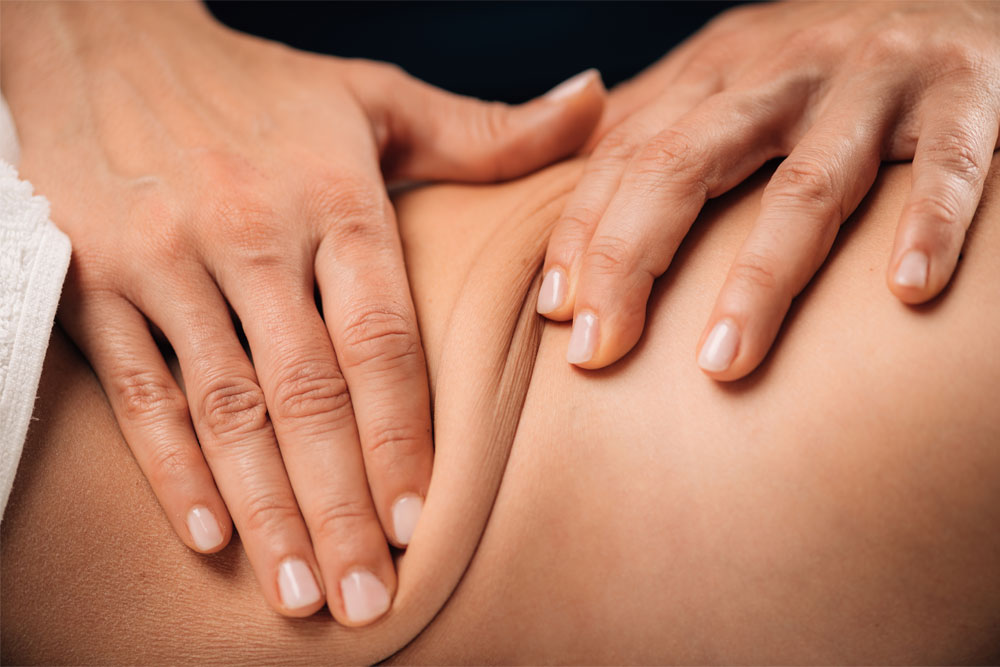Deep Tissues Massage
A deep Tissue Massage is similar to a Swedish Massage but focuses on deeper layers of muscle and connective tissues. Deep Tissue Massage techniques are applied with deep pressure and at a slow rate to areas of tension and pain in order to reach deep muscles and fascia. A Deep Tissue Massage is used to help relief pain and stiffness and can be full-body or focused on one area only. A Deep Tissue Massage uses massage oils to relax the muscles.
Here are some key benefits of Deep Tissues Massage
Pain Relief
Muscle Tension Reduction
Improved Posture
Stress Reduction
Improved Circulation
Better Sleep Quality
Book Initial Consultation
YOGI MASSAGE THERAPY
Frequently Asked Questions
What is deep tissue massage?
Deep tissue massage is a therapeutic massage technique that focuses on realigning deeper layers of muscles and connective tissue. It aims to address chronic pain, muscle tension, and promote overall relaxation.
How does deep tissue massage differ from other types of massage?
Deep tissue massage involves applying firm pressure and slow strokes to target deep layers of muscle and fascia. It is more focused on addressing specific issues and chronic tension compared to other types of massage.
Is deep tissue massage painful?
While some discomfort may be experienced, deep tissue massage should not be excessively painful. Communication with the massage therapist is crucial to ensure the pressure is within your comfort level.
What conditions can deep tissue massage help with?
Deep tissue massage is beneficial for addressing chronic pain, muscle stiffness, and conditions such as lower back pain, neck and shoulder pain, and postural problems. It is also used in injury rehabilitation.
How often should I get a deep tissue massage?
The frequency of deep tissue massage depends on individual needs and goals. Some may benefit from more frequent sessions during periods of intense physical activity or chronic pain, while others may choose less frequent sessions.

